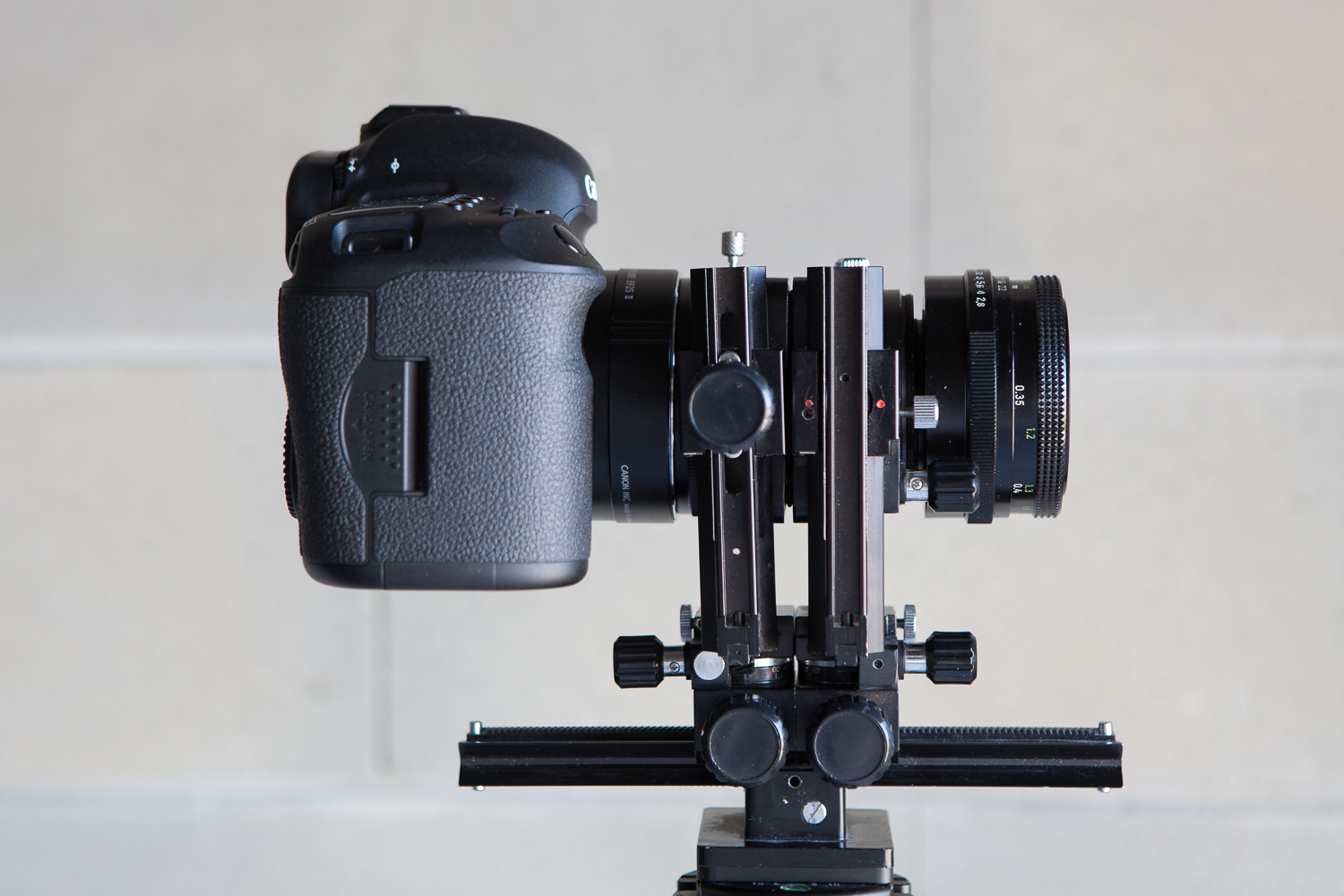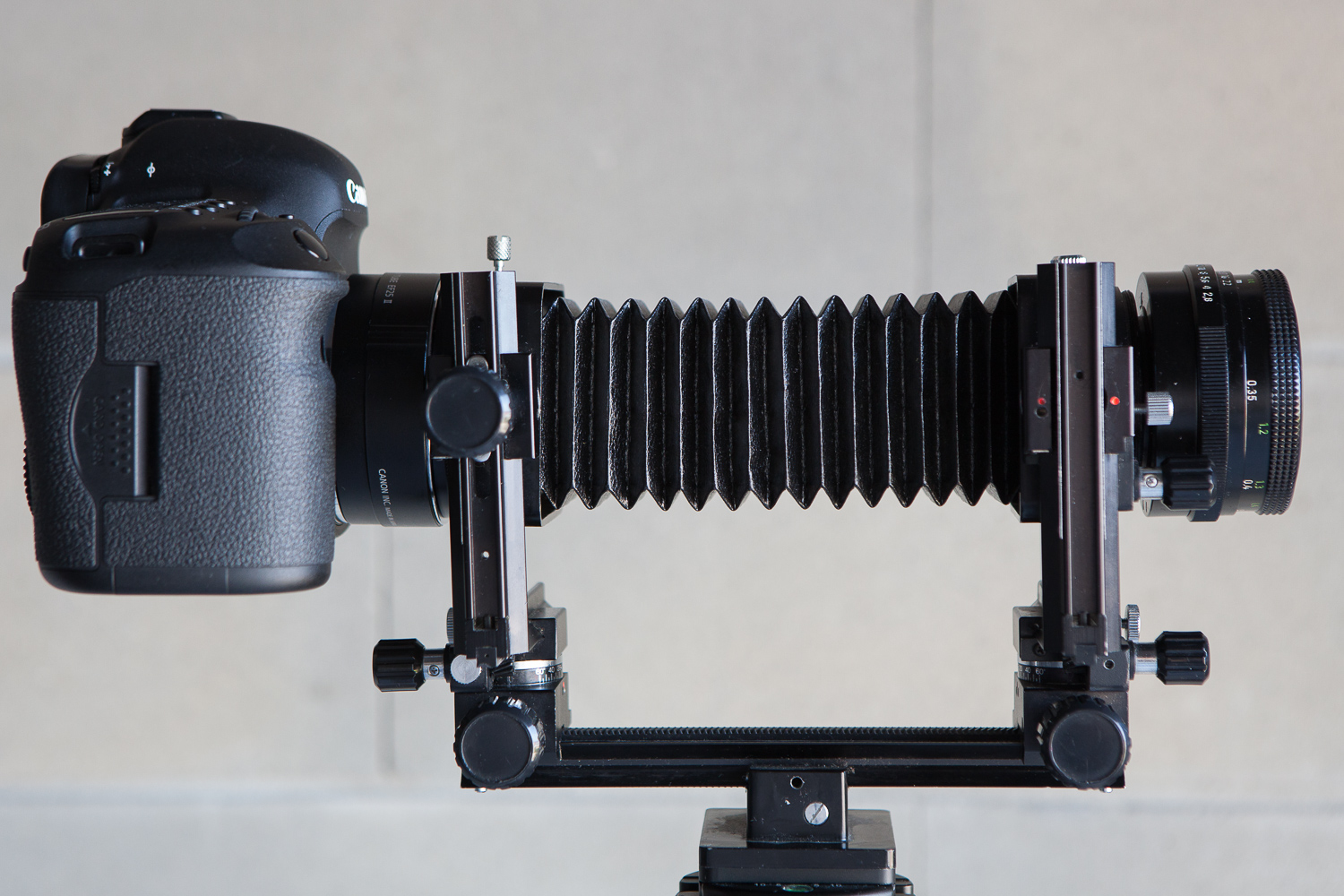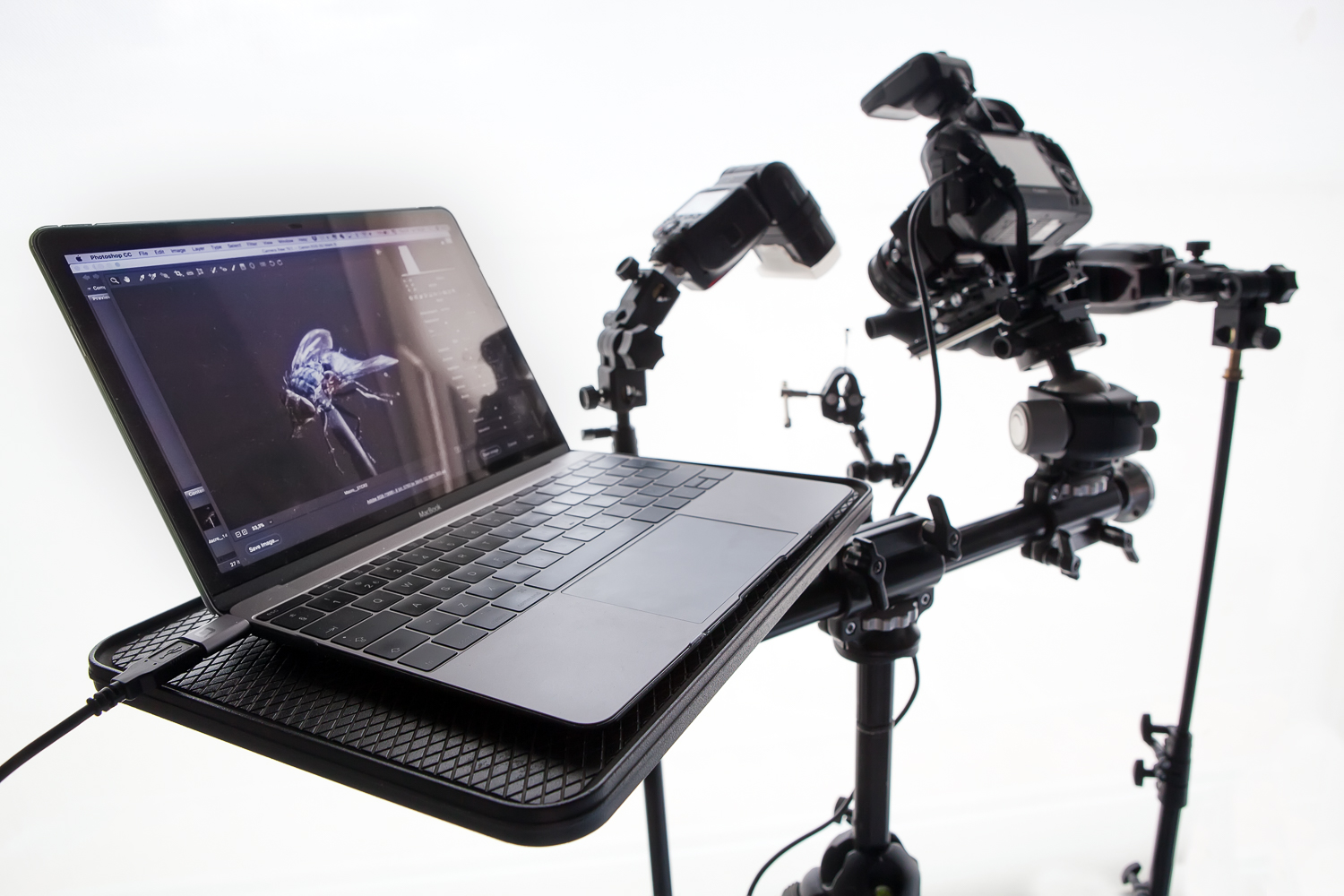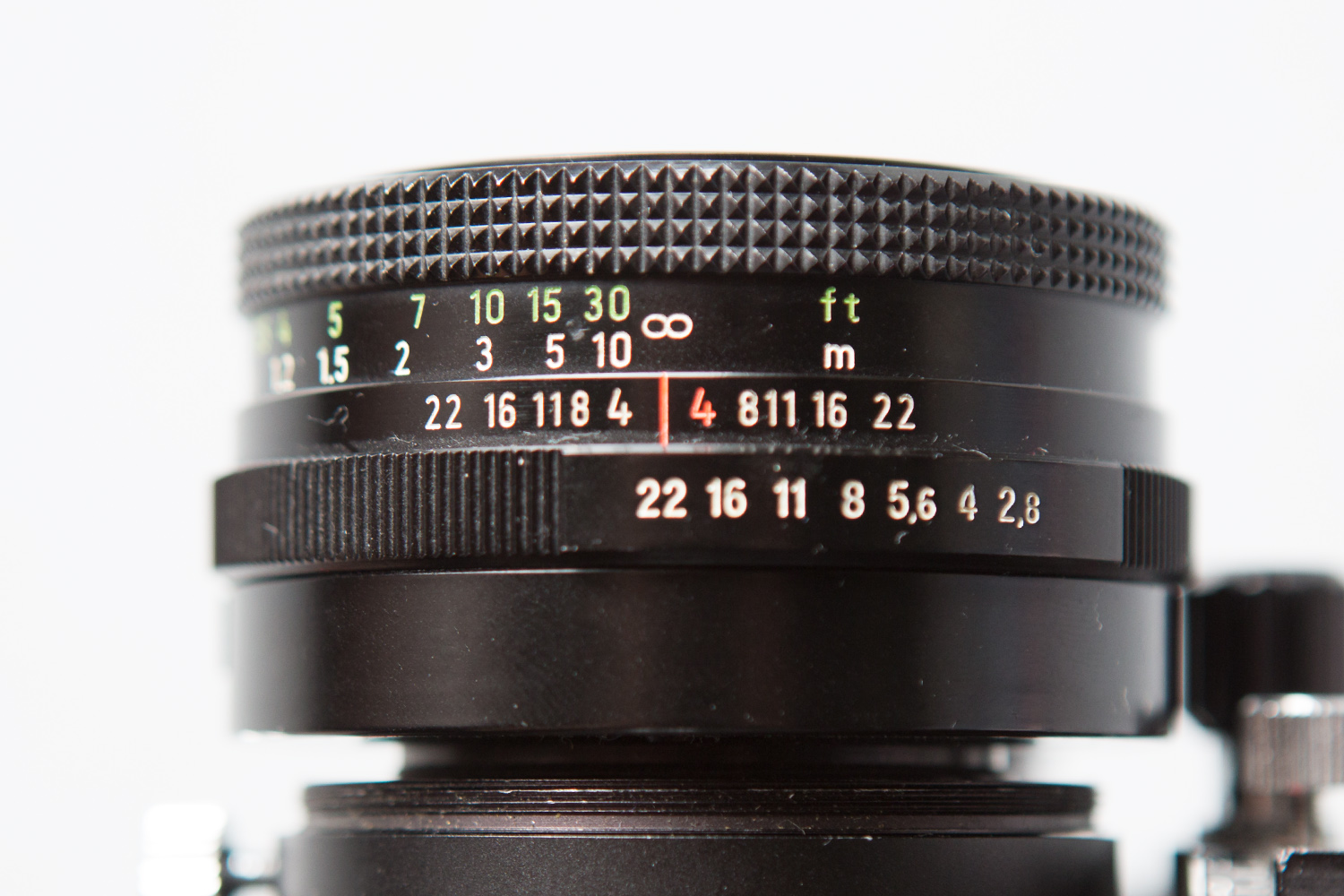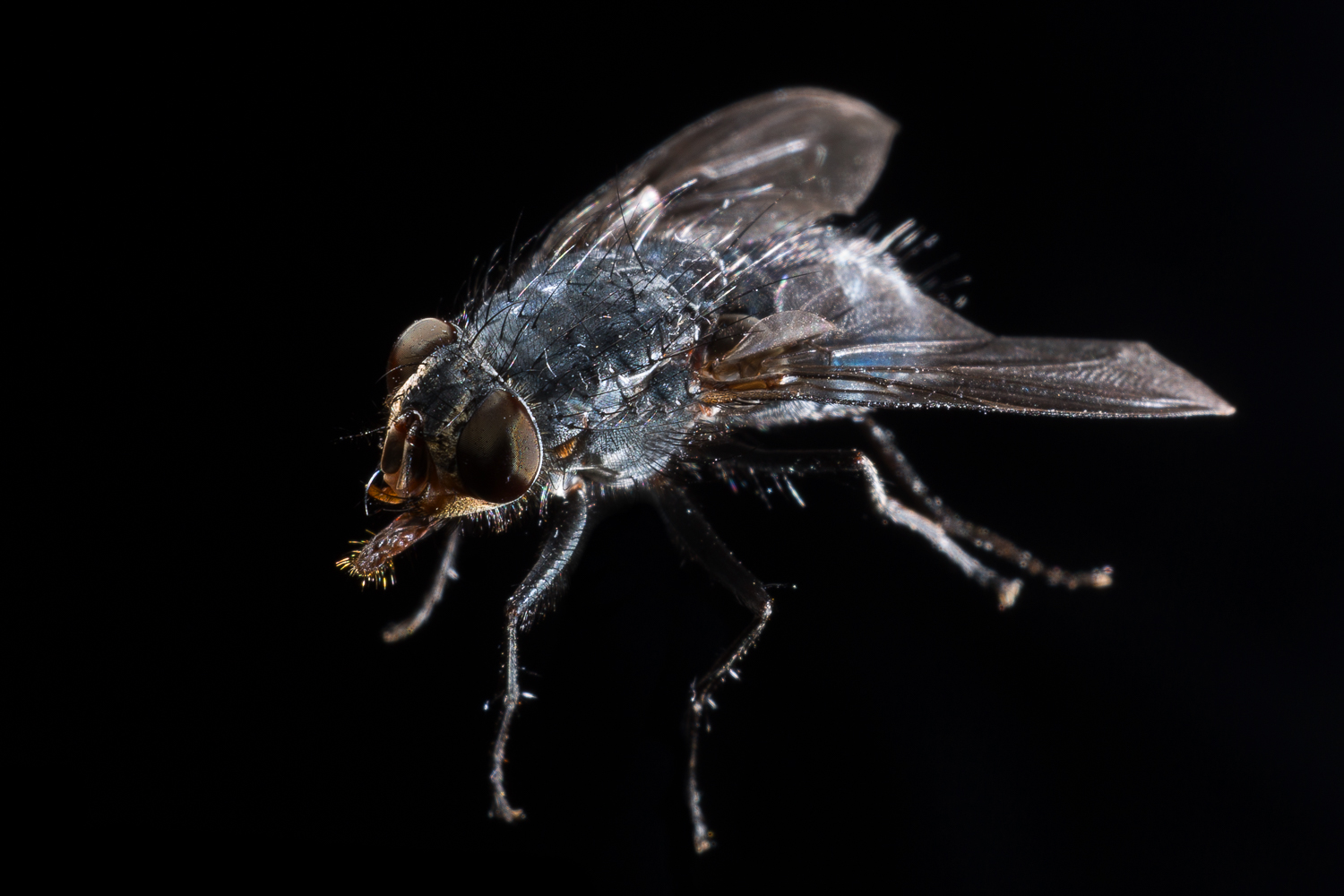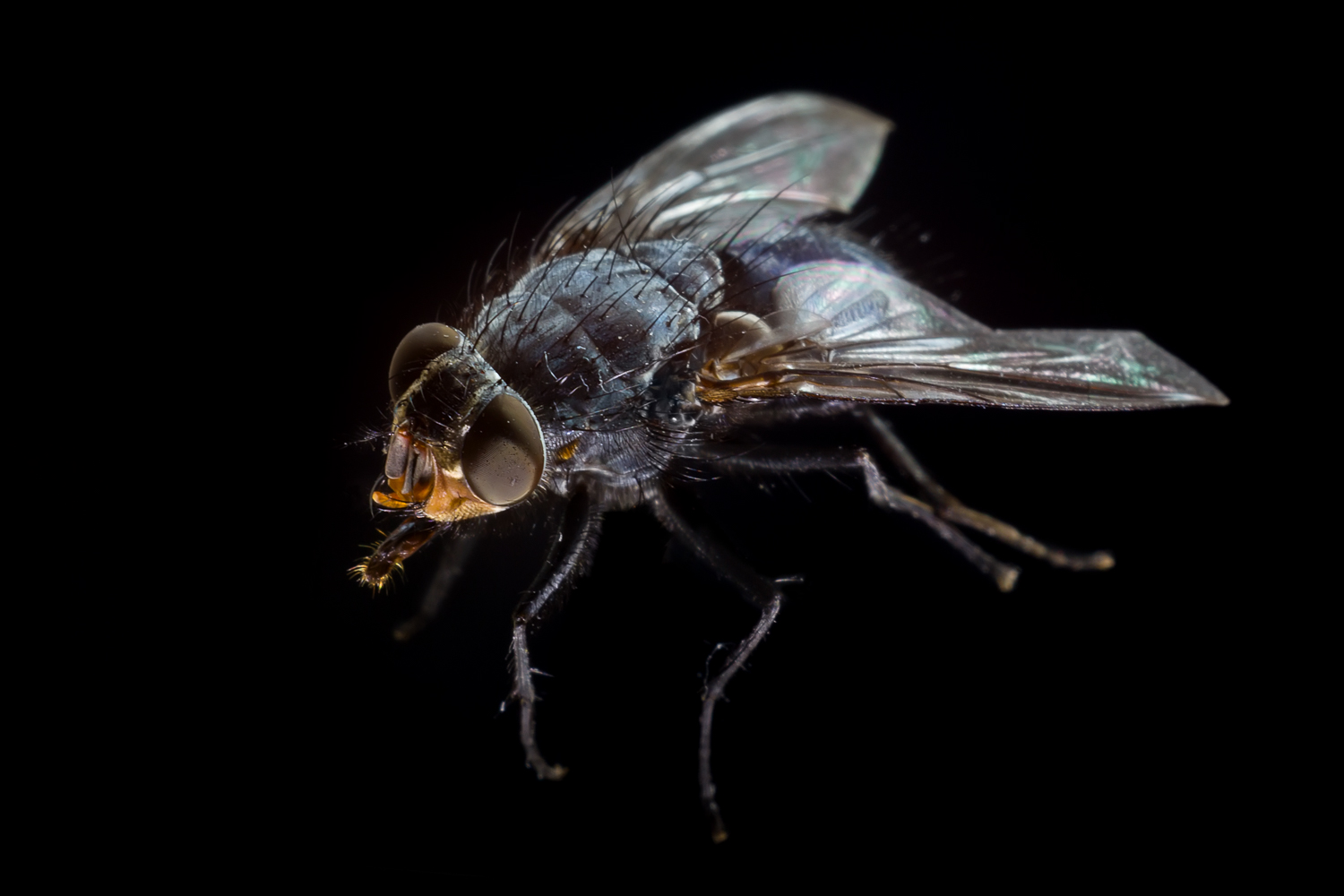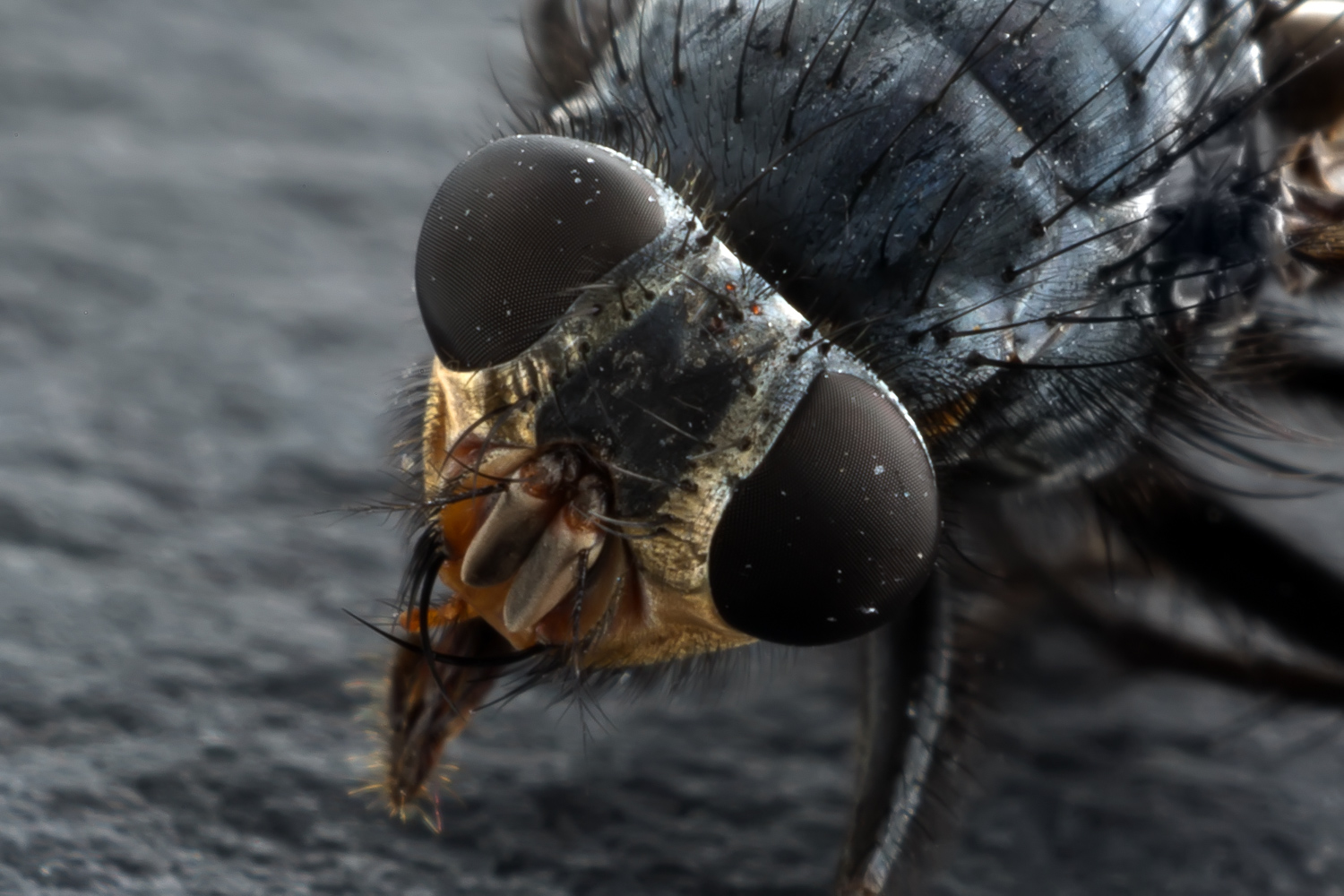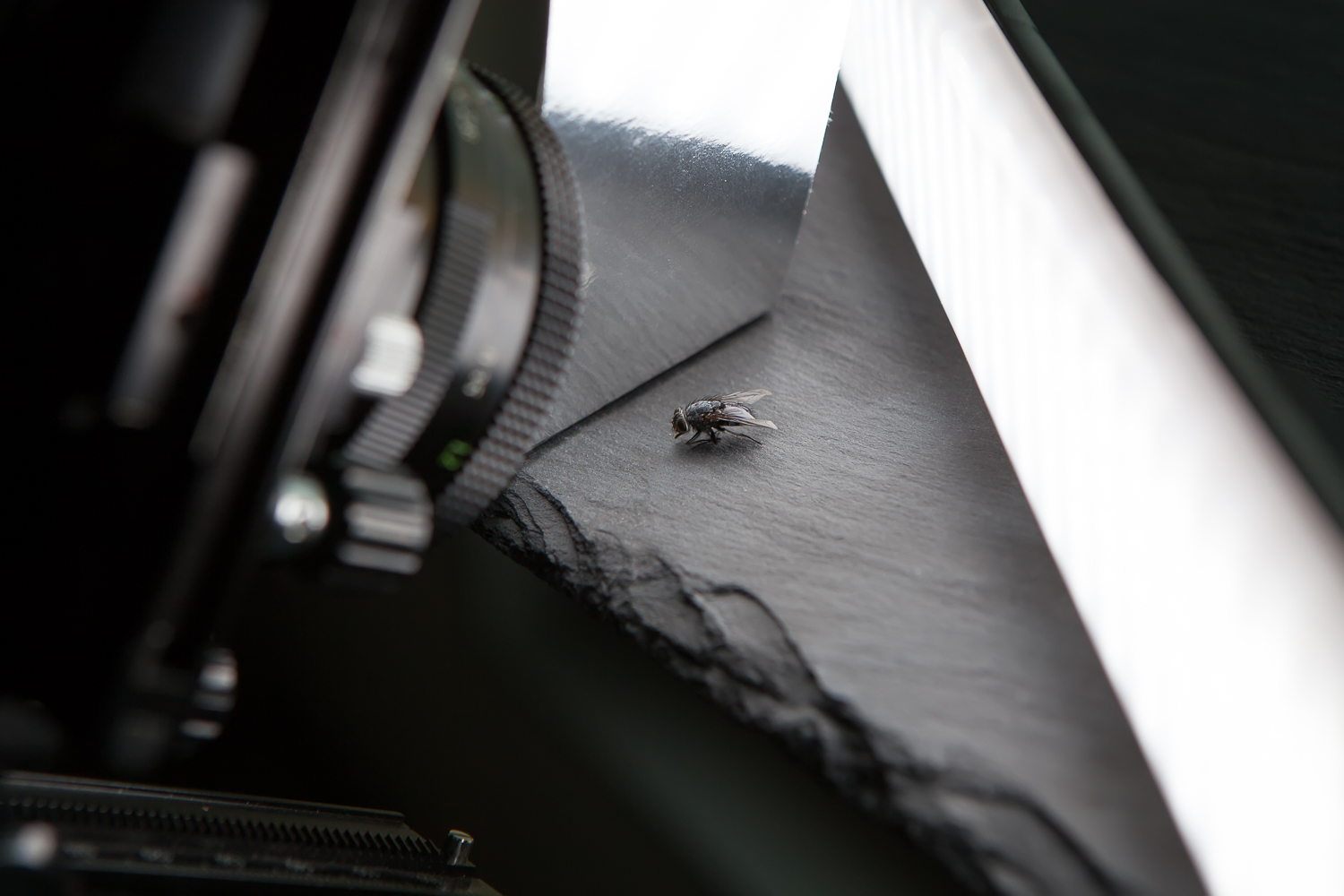Introduction
Macro photography is a fascinating field that allows photographers to capture subjects at magnifications equal to or greater than life size. In technical terms, macro photography is defined as the ability to photograph subjects where their projection size on the camera’s sensor is the same as their actual size, resulting in a 1:1 ratio. Achieving true macro magnification requires specialized lenses that offer a close focus distance and exceptional image quality, but they can be quite expensive.
Cheaper Alternatives
To overcome the cost barrier, there are alternative methods to create macro images that are more budget-friendly. Reverse rings, extension tubes, and close up lenses are popular options among photographers. However, one standout choice for achieving great extreme macro images is the use of macro bellows. In this article, we will explore the usage of macro bellows and discover how they can be used to capture stunning macro photographs in an easy way.
The Gear
One remarkable macro bellows option is the Spiratone Kenlock tilt-shift macro bellows, which was sold by Hama in the 1980s. Considered one of the rarest and most fully-featured bellows, it was originally designed for 35mm SLR cameras. Despite being built for film cameras, this bellows remains highly relevant and compatible with modern digital cameras. It features removable adapters for different lens and camera body brands, making it versatile and adaptable. For this particular setup, the author uses an M42 mount 50mm Tessar Carl Zeiss Jena DDR 2.8 lens with a full-frame sensor Canon 5D MKIII. Since the bellows was designed for old cameras without hand grips like modern digital ones, the author incorporates a Canon 25mm Extension Tube to provide additional space for lens mounting. While this setup may be costly, there are many inexpensive macro bellows options available that can be used with existing cameras and lenses.
Magnification
When considering magnification in macro photography, the ratio between the size of the subject’s projection on the imaging sensor and the subject’s actual size becomes crucial. For example, if a subject measures 1cm in reality and its projection on the camera’s sensor is also 1cm, the ratio is 1:1. Alternatively, if the projection measures 2cm on the sensor, the ratio becomes 2:1. The macro bellows play a significant role in achieving different magnification levels, which can be adjusted by extending or retracting the bellows. The further extended the bellows, the higher the magnification. Due to the complexity of optics math involved in calculating magnification, the author utilized an online calculator to determine the magnification capabilities of their setup. Results revealed a magnification of 3:1 with the bellows at its minimum extension and 5:1 at its maximum extension.
Focusing
Focusing in macro photography presents unique challenges due to the close proximity to the subject and the minute scale of the image being composed. To focus effectively, the entire set comprising the lens, macro bellows, and camera body is moved along a rail to adjust the distance to the subject. However, even the slightest movement can throw the subject out of focus. Therefore, it is crucial to utilize a sturdy tripod and ensure the subject remains stationary during the focusing process. In most cases, photographers start the focusing process with the lens at its widest aperture to allow maximum light, and then adjust to the desired aperture for image capture. However, when using bellows, which lack electronic contacts for communication between the camera and lens, the aperture adjustment needs to be done manually. This manual aperture adjustment introduces an additional challenge, as the change in aperture can impact the focus plane.
Depth of Field
One of the most significant challenges faced in macro photography is the limited depth of field. At high magnifications, even with the narrowest lens aperture, the depth of field becomes extremely shallow. In an attempt to mitigate this issue, some photographers opt for tilt and shift bellows, such as the one used by the author. These bellows offer focal plane movements that help minimize depth of field problems. However, many photographers resort to a technique called focus stacking. This technique involves capturing multiple images at different focus distances and merging them digitally to create a final image with a greater depth of field.
Getting the Picture
After delving into the technical aspects of macro photography, it is time to put that knowledge into action. The author demonstrates their setup by capturing macro images of a dead house fly. To maintain complete control over the equipment, the author employs a tethered setup, connecting the camera to a computer for operation using the native capture software. This ensures that the camera can be operated without physically touching it to release the shutter. For lighting, the author employs two speedlights controlled by a transmitter connected to the camera’s hotshoe, offering software-based power control. The goal is to create a balance of light and shadow to emphasize the three-dimensional qualities of the subject and separate it from the dark background. The author showcases the resulting images, highlighting the nuances and subtleties achieved through carefully controlled lighting.
Conclusion
The author concludes by reflecting on the remarkable potential of macro photography with the right combination of equipment. They encourage readers to explore and experiment with macro bellows, as well as the various techniques and tools available in the field. Macro photography allows for the observation of intricate details in subjects that are not readily visible to the naked eye. By venturing into the world of extreme magnification, photographers can capture extraordinary images and share their experiences with others. It is an exciting and rewarding journey that combines technical expertise with artistic vision to produce stunning photographs.
The article is compiled and compiled by tipcamera.com


